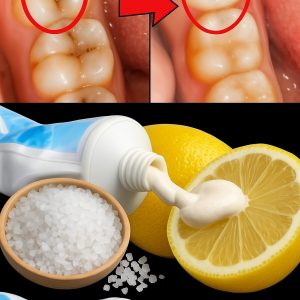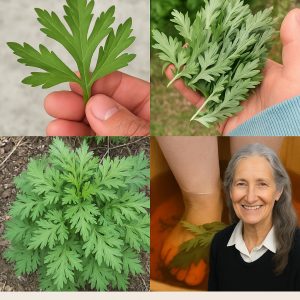Deadly Nightshade, scientifically known as Atropa belladonna, is one of the most infamous plants in history. Native to Europe, North Africa, and Western Asia, this striking yet toxic perennial has been shrouded in mystery for centuries. With its bell-shaped purple flowers and shiny black berries, belladonna is as beautiful as it is deadly—earning it a chilling reputation among herbalists, historians, and botanists alike.
Throughout history, Atropa belladonna has been associated with magic, witchcraft, and even murder. In ancient times, it was used in various rituals and believed to possess supernatural properties. During the Renaissance, women used extracts from the plant to dilate their pupils—a beauty trend that gave the plant its name “belladonna,” meaning “beautiful lady” in Italian. However, its use often came at a cost, as the alkaloids within the plant are highly toxic and can cause hallucinations, delirium, and death.
The danger of Deadly Nightshade lies in its potent chemical compounds—primarily atropine, scopolamine, and hyoscyamine. These substances disrupt the nervous system and can be fatal even in small doses. All parts of the plant are toxic, with the berries being especially alluring to children due to their sweet appearance. Despite its lethal nature, modern medicine still utilizes controlled doses of belladonna derivatives in treatments for muscle spasms, motion sickness, and even in eye surgeries to dilate pupils.
Today, Atropa belladonna stands as a symbol of nature’s duality—capable of healing and harming. Its presence in gardens and herbal lore continues to captivate those fascinated by poisonous plants. Whether admired for its eerie beauty or feared for its deadly effects, Deadly Nightshade remains one of the most mysterious and controversial plants in the natural world.


